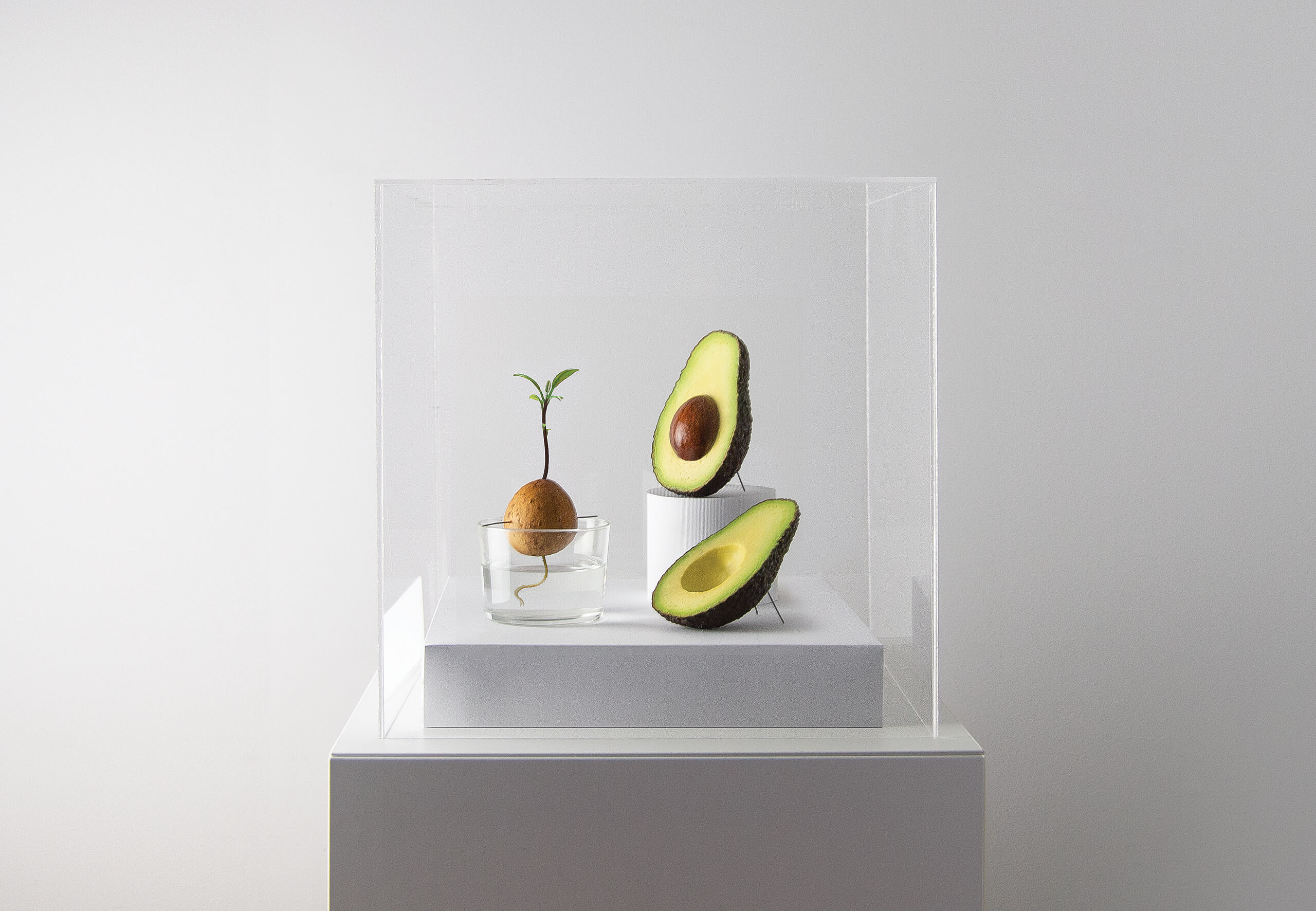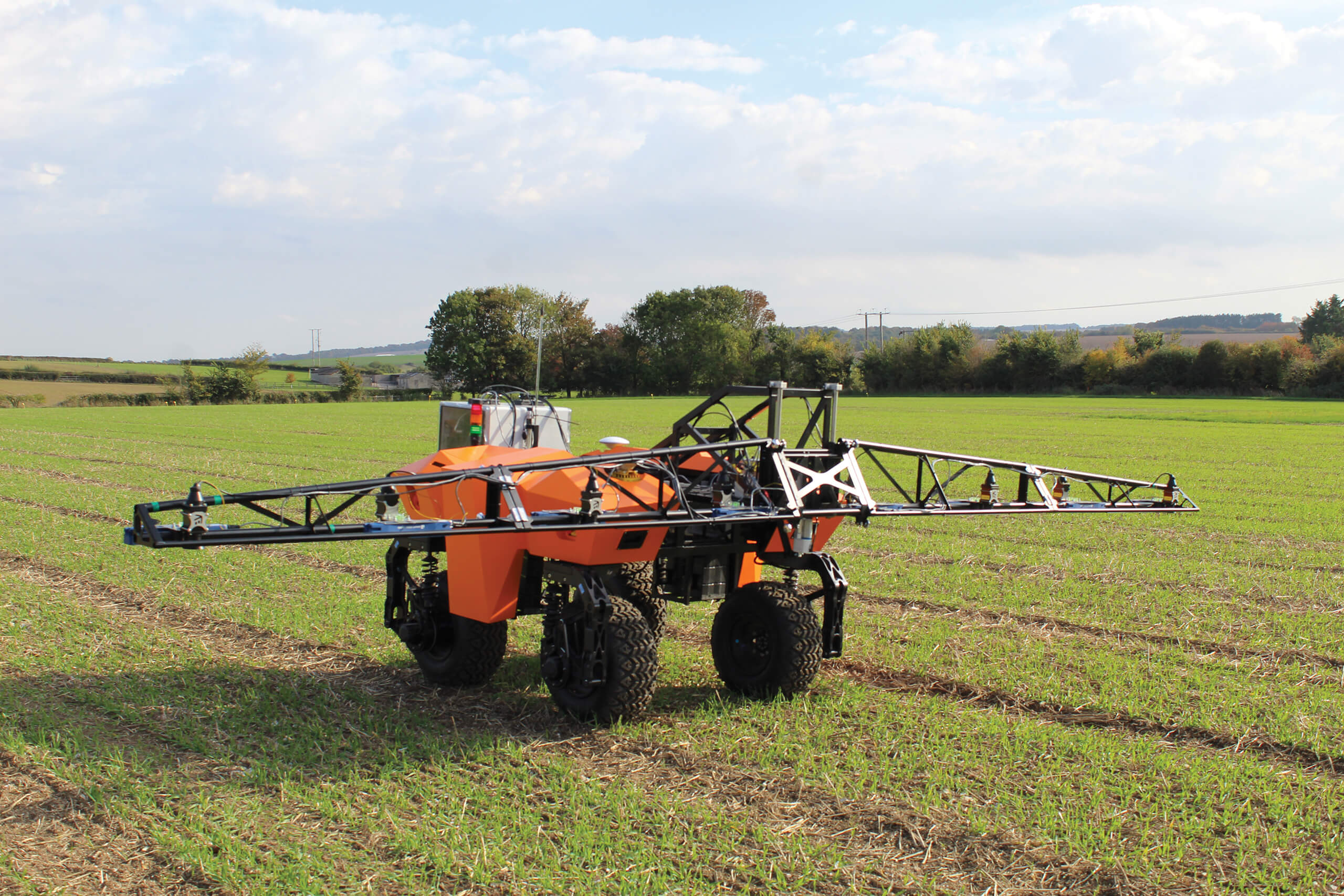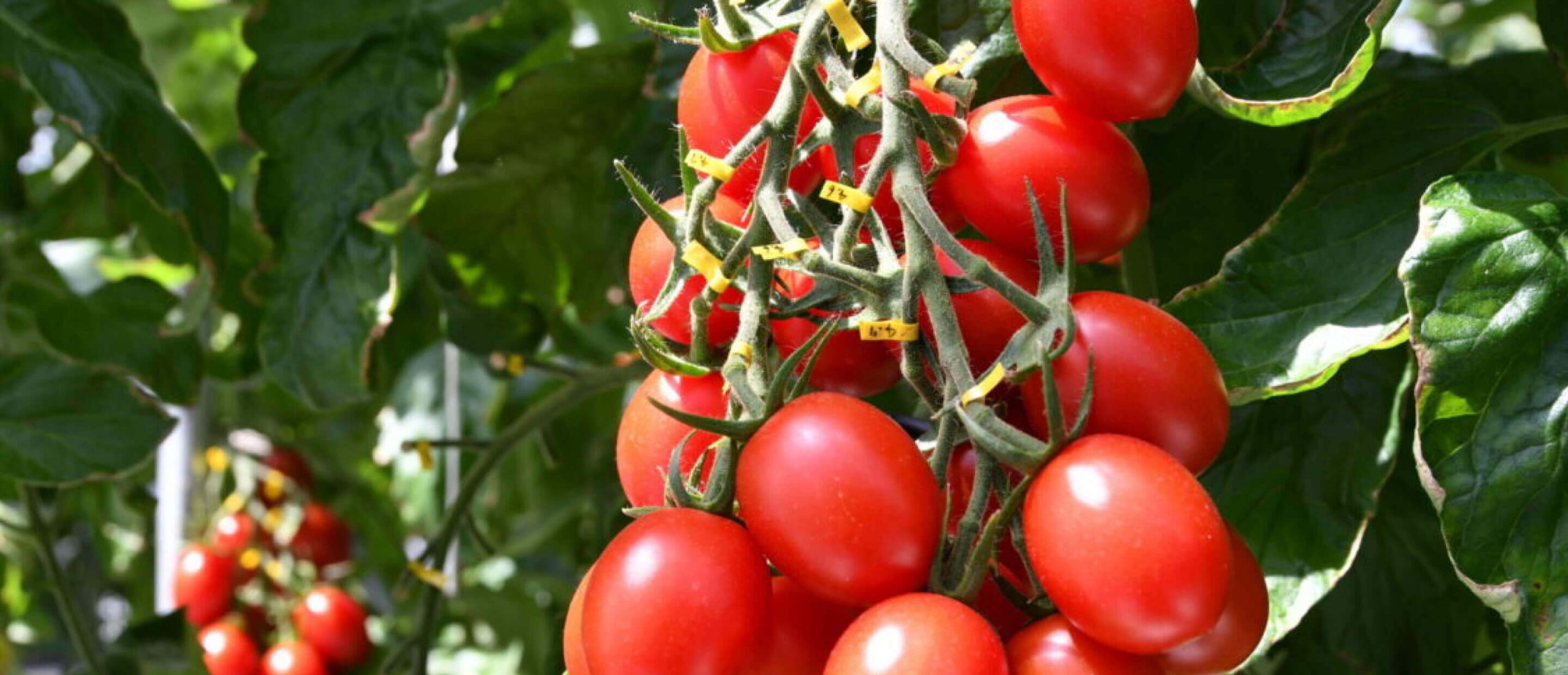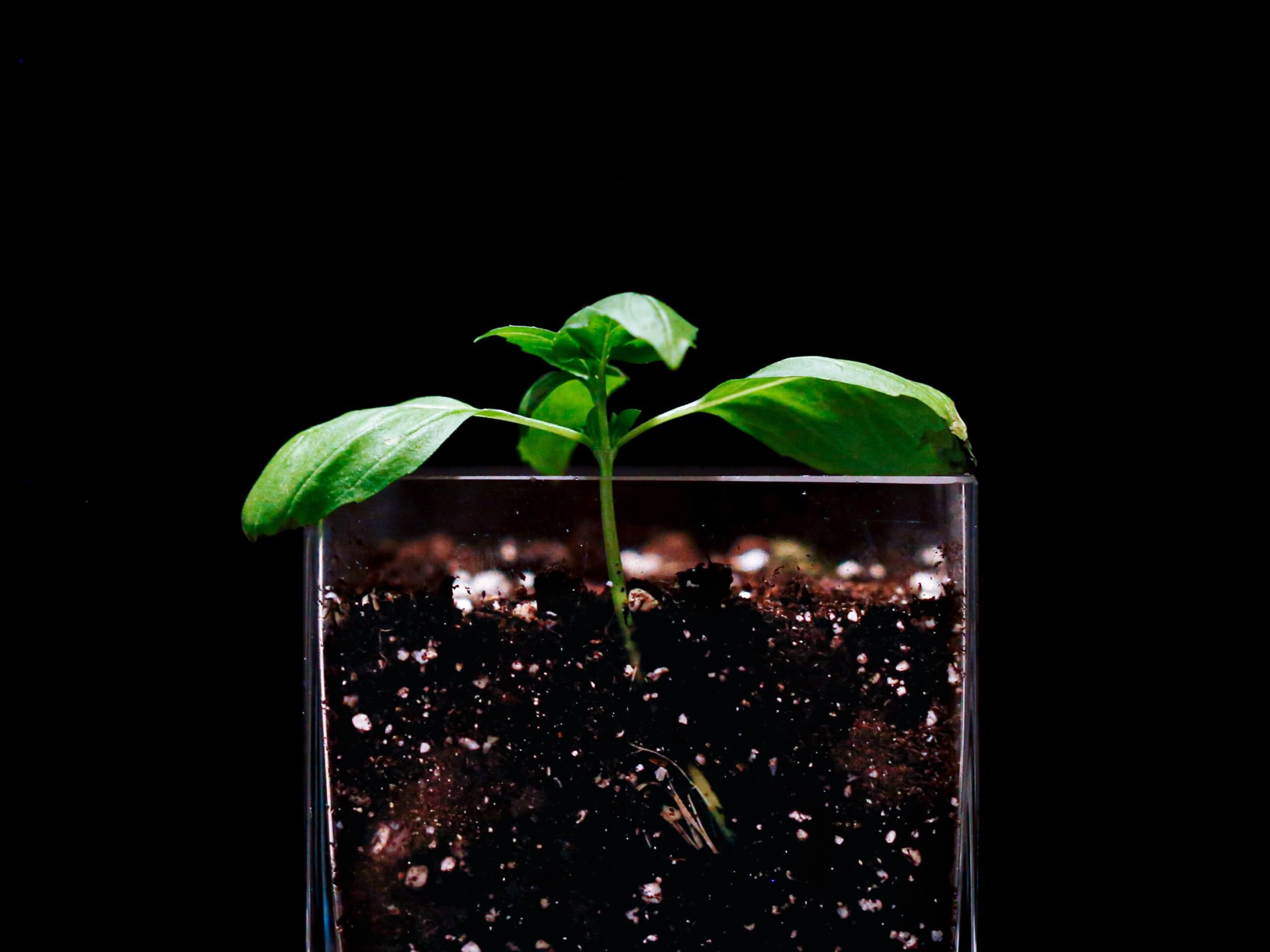
Last year’s World Food Prize laureates have played pivotal roles in establishing, operating, and funding crop gene banks around the globe. We ask them to outline their plans for 2025 and beyond.

Dr. Geoffrey Hawtin realized genetic diversity is crucial to making genetic improvement early in his career.
Dr. Cary Fowler and Dr. Geoffrey Hawtin have both spent decades ensuring future generations have access to diverse and resilient crop varieties by preserving plant seeds. With an estimated three-quarters of plant genetic diversity having been lost worldwide since the turn of the last century1, Hawtin and Fowler have worked tirelessly to mobilize governments, scientists, farmers, and other stakeholders around the world to conserve more than a million samples from 6,000 agriculturally important plant species Stored within seed vaults, also known as gene banks, this reservoir of diverse genetic material helps ensure crops can be tailored to withstand environmental shifts and that species and varieties will be protected for future generations.
Their life’s work is recognition that organisms, ecosystems and environments evolve over time, as does our knowledge. A seemingly mundane plant of today could prove critical to a future medical discovery, just as a core crop variety of today could prove unsuitable to the conditions of the future.
When civil war broke out in Syria, that gene bank was looted. Fortunately, most of the material had already been saved in Svalbard.”

Dr. Cary Fowler says diverse genetic material is key to making transformational gains in food production.
Both men have been instrumental in preserving plant biodiversity through the International Treaty on Plant Genetic Resources for Food and Agriculture, the Global Crop Diversity Trust, and the Svalbard Global Seed Vault in Norway. But there is still work to be done.
With some expert researchers indicating that two in every five plant species are currently at risk of extinction, Views on Agriculture sat down with Hawtin and Fowler, who is currently U.S. Special Envoy for Global Food Security, to discuss the future of gene banks.

A global collection of seed is held in the Svalbard Global Seed Vault in Norway.
Views on Agriculture: You were awarded the World Food Prize in recognition of your life’s work. What do you plan to do with that platform in 2025?
Cary Fowler
I hope to continue to advance practical initiatives to address some of the fundamental challenges we face with food security. This includes promoting the “Vision for Adapted Crops and Soils”, which the State Department launched with the African Union and UN Food and Agriculture Organization (FAO). It has attracted much support from other countries, civil society and the private sector.
I also want to highlight the need to invest more in agricultural research including “moonshot” ideas for achieving large, transformational gains in food production, which we will absolutely need in the next 25 years to offset the effects of climate shifts on production.
Geoffrey Hawtin
I am hoping to be able to help raise awareness of the continuing, and arguably growing importance of crop genetic diversity and the urgent need to devote greater resources to its conservation, study and use. A key part of this will be to work closely with the Crop Trust to help it meet its endowment funding targets.
The wonderful thing about seeds is you can easily make a backup copy. And that’s what the Global Seed Vault is.”

Svalbard was established to safeguard genetic variation for generations to come.
Looking forward, gene banks can play a much more proactive and creative role... testing varieties and getting locally adapted crop plants to farmers.”
Views on Agriculture: What initially drew you to seed conservation and sharing through gene banks?
Geoffrey Hawtin
For me, it was a necessity. I began my career setting up a plant breeding program in the Middle East, and one of the first things I had to do was go out and collect materials from around the region and elsewhere to have the genetic diversity to be able to breed. I realized then that the raw material for the genetic improvements of crops was not only extremely valuable for the program I was working on, but for the future as well.
Cary Fowler
I came at it from the food security perspective. I was very influenced by the early writings of Prof. Jack Harlan [American botanist and agronomist] and other scientists who called attention to the loss of genetic diversity and what that would mean for the future of agriculture.
Views on Agriculture: You both played leading roles in establishing the Svalbard Global Seed Vault in Norway. Why do we need a global vault in addition to the 30-50 major ones, not to mention hundreds of smaller ones?
Cary Fowler
Because every one of them is vulnerable in some way. Bad things happen in the real world. Gene banks are in buildings – buildings that are vulnerable to fires, earthquakes, floods, civil strife, war, and stupid human mistakes. But the wonderful thing about seeds is you can easily make a backup copy. And that’s what the Global Seed Vault is: a safety backup for other collections around the world.
Geoffrey Hawtin
The seeds I collected when I started my career in the early 1970s, working in the Middle East, were housed in a gene bank in Aleppo. When civil war broke out in Syria, that gene bank was looted. Fortunately, most of the material had already been saved in Svalbard, which was then sent to Lebanon and Morocco for regeneration. I was there earlier this year, and I saw crops growing out in the field with material from that collection in Aleppo. If Svalbard hadn’t been there, it could well have been lost. I believe all countries should at least have a national facility – one that supports their farming communities and can exchange material with international collections more easily. That’s a model that needs to be further thought through, developed, and funded.
Crop wild relatives, which are becoming increasingly important, are under-represented in gene banks.”

Both World Food Prize laureates believe gene banks can play a much more proactive and creative role in plant breeding programs.
Views on Agriculture: What do you see as the biggest threat to crops and crop biodiversity over the next five to 10 years?
Cary Fowler
For the major crops, certainly the cereals, we probably have collected and conserved most of the diversity. The threat now exists more to minor crops, to the vegetables, fruits, roots, and tubers, where the collecting and conservation work hasn’t been as intensive historically. And not everything is in Svalbard. We need to make sure that collections that are not in there get there now.
Geoffrey Hawtin
There’s a huge area of crops for which Svalbard doesn’t provide the answer, and that’s crops that can’t be stored as seeds. We’re talking about some major world crops like potatoes and cassava, where there is still a huge amount of work to be done to create an equivalent safety net to Svalbard. Additionally, crop wild relatives, which are becoming increasingly important, are also under-represented in gene banks.
Views on Agriculture: What do you say to those who may be concerned about the cost of maintaining gene banks?
Geoffrey Hawtin
The Global Crop Diversity Trust currently has a long-term target to raise $850 million as an endowment. That would pretty much cover the need for conserving practically all key existing collections. It’s very doable, and, in today’s terms, it’s not even a very large amount of money.
Cary Fowler
To put the cost into perspective, Jack Harlan collected what he called “a hopelessly useless variety of wheat” in Turkey in the 1940s that went into a gene bank. It ended up being resistant to all kinds of pests and diseases. It was bred into varieties of wheat used in the north and northwest United States, where it continues to add about $300 million in productivity value for American farmers each year. If we find anything like that in the 1.3-1.5 million samples that we have in gene banks currently, it will pay for itself in the first year.



